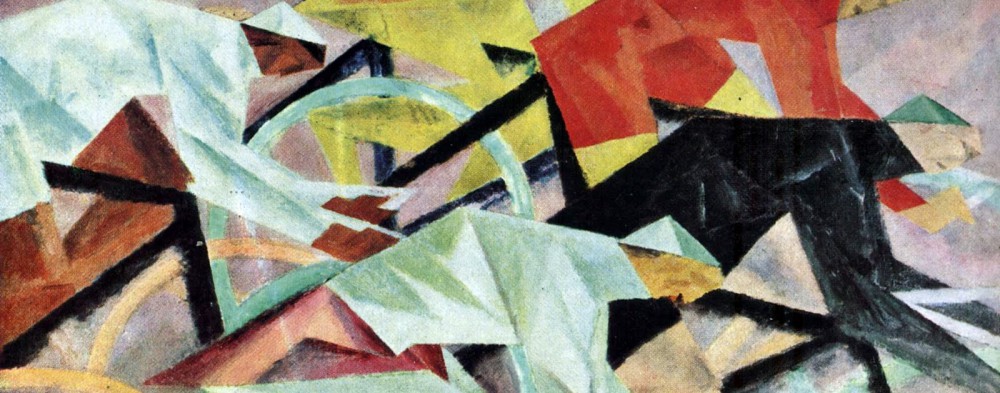Watching the Nats game on TV last night was an eerie experience. We’d had downpours off and on all day (totaling about 4.5”), and the air was that warmish, damp August mugginess that makes one yearn for autumn. Tanner Roark, he of the W 8, L 12 record and 4.05 ERA, was starting a game that meant little in the great scheme of things for the 62-63 Nats. Attendance was light on a weekday night that was a late summer “school night” for many kids in the region; random cheers and calls echoed through the sparsely populated grandstands and concourses. You could hear occasional bats rattle in the dugouts, and a word or two of the many exchanged among ballplayers draping their arms over the railing as they watched the game. There was a dank gloom, a sense of unfocused malaise, of things coming to an end.
Earlier in the afternoon word had come of two waiver-deal trades. Daniel Murphy, two-time Nats All-Star second baseman, a student of hitting with a Nats batting average of well over .300, if only a passable fielder, had gone to the Cubs for cash considerations, a mediocre prospect, and the proverbial “player to be named later.” And Matt Adams, a hulking first baseman/outfielder with huge tattooed biceps, owning 18 homers on the season, went back to St. Louis, where he had begun his career with the Redbirds. This happened two days after a backbreaking 12-1 thrashing of the Nats by the hapless Miami Marlins, and a day after the dean of D.C. sportswriters, Tom Boswell, had proclaimed the Nats’ season to be deceased. Apparently the Nationals’ management finally agreed, and was cutting salary obligations to realign the finances to allow off-season acquisitions for 2019.
After Roark completed the third inning, it began to rain. An assistant showed the umpiring Crew Chief an iPhone image of the incoming precipitation pattern, the ground crew threw the tarp on the field in less than two minutes, and the participants and loyalists among the fans waited it out for nearly two hours. The stadium looked deserted on TV. The dank gloom intensified. Some players apparently watched the division-leading Braves game in the clubhouse, as they throttled the Buckos behind the shutout ball pitched by ex-Orioles starter Kevin Gausman. A team going nowhere watching a team going somewhere.
The rain stopped; play resumed with Roark’s start wasted and Matt Grace on the hill for the Nats. Before you knew it, the Phillies, chasing the Braves and trailing by a single game, were up 4-1. A “here we go again” sense pervaded the emptying stadium. But in the bottom of the 6th, stuff started to happen. Twenty-year-old rookie Juan Soto singled. Light-hitting catcher Matt Wieters singled him home. Callup Andrew Stevenson, who drove from Syracuse and arrived at the stadium after the game started, hit a pinch-hit homer sharply to left for a career first. Second-base backup Wilmer Difo whacked one into the upper deck in right field. By the end of the inning, a 1-4 Nats deficit was a 6-4 lead. They later tacked on four more runs, one being a home run by gimpy veteran Ryan Zimmerman, only his 12th of the season.
What was left of the crowd went home happy, having witnessed a rare Nationals comeback win. The Phillies went back to their hotel two games behind the Braves, beaten in a game they needed to win by a team with nothing to lose. This is the way baseball fans of the many non-contending teams in each league enjoy the last part of the season. They take each day as it comes, and savor the baseball played that day for what it means right then and there, not for what it implies for the “playoff picture.” It’s the national pastime, after all. Soon it will give way to the frozen tundra of football, the slick ice on the hockey rink, the drafty basketball gym. And we will all look forward to the day pitchers and catchers report in February.
©Arnold J. Bradford, 2018




